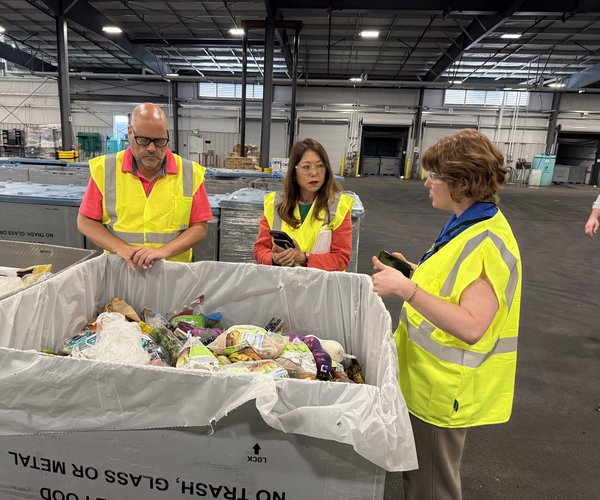A little over 2,600 cows inhabit John Fiscalini’s Modesto dairy providing a source of milk — and electricity. Surprised? The cow’s manure is collected and harvested into a source of electricity as a nutrient fertilizer to create carbon offsets.
To date, 20,863 metric tons of greenhouse gas emissions have been reduced, equivalent to eliminating more than 40,000 vehicles off the road for one year. Fiscalini is no stranger to green farming practices.
The dairy utilizes a methane biogas capture and combustion system to reduce GHG emissions from its operations. Milk production involves the release of methane, which is a potent GHG 23 times more powerful at trapping heat in the atmosphere than carbon dioxide. Cow manure is also rich with methane, and most dairies collect manure into uncovered lagoons, releasing methane into the open air.
“These bacteria thrive in a warm anaerobic environment, so when it's hot outside you can literally see the methane bubbling out of the lagoon into the atmosphere,” said Fiscalini. “By diverting the manure through the digester, and heating the digester to approximately 100 degrees, and managing the bacteria temperature over 21 days, the farm can mine the methane out of the manure before the manure is released to the lagoon for storage.”
Fiscalini diverts the manure into a covered anaerobic digester, which doesn’t consist of oxygen, and captures methane, reducing GHG emissions. The captured methane is then sent to a 710kw generator where the waste is converted into electricity and sold to the grid.
The energy becomes renewable and attains financial revenues of carbon offsets and electricity for the farm. The energy is used to heat water in the milking parlor, maintain digester temperature, and utilized in the process of cheese production.
The emissions reduction project earns carbon offsets from the Climate Action Reserve. Each offset is important, for it helps in reducing the size of one metric ton of carbon dioxide from the atmosphere.
"Fiscalini Farms has reduced emissions associated with its operations and earned carbon offsets that denote true environmental integrity, merit financial value and benefit the community,” said Climate Action Reserve President Gary Gero.
Fiscalini Farms has found other ways to utilize cow waste. The farm’s bedding recovery unit stiffens manure solids into natural bedding for cows that are pathogen-free. Though these savings are great for the farm, they are also great for the community. Eliminating manure lagoons reduces odors, exposure to vector-bone diseases, and improves the quality of local air.
Fiscalini Farms began their digester project in 2007 and began emission reductions in 2009.









